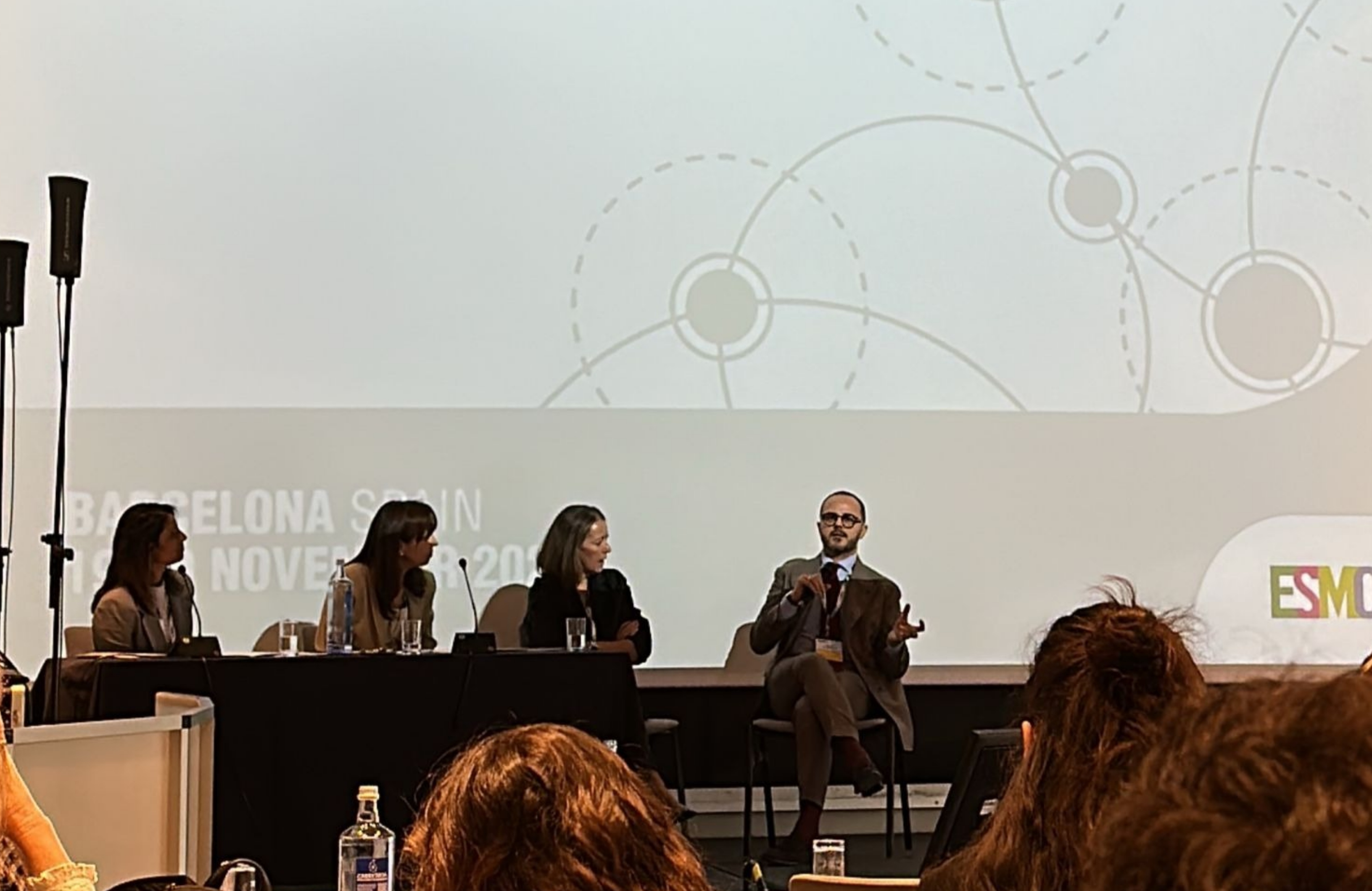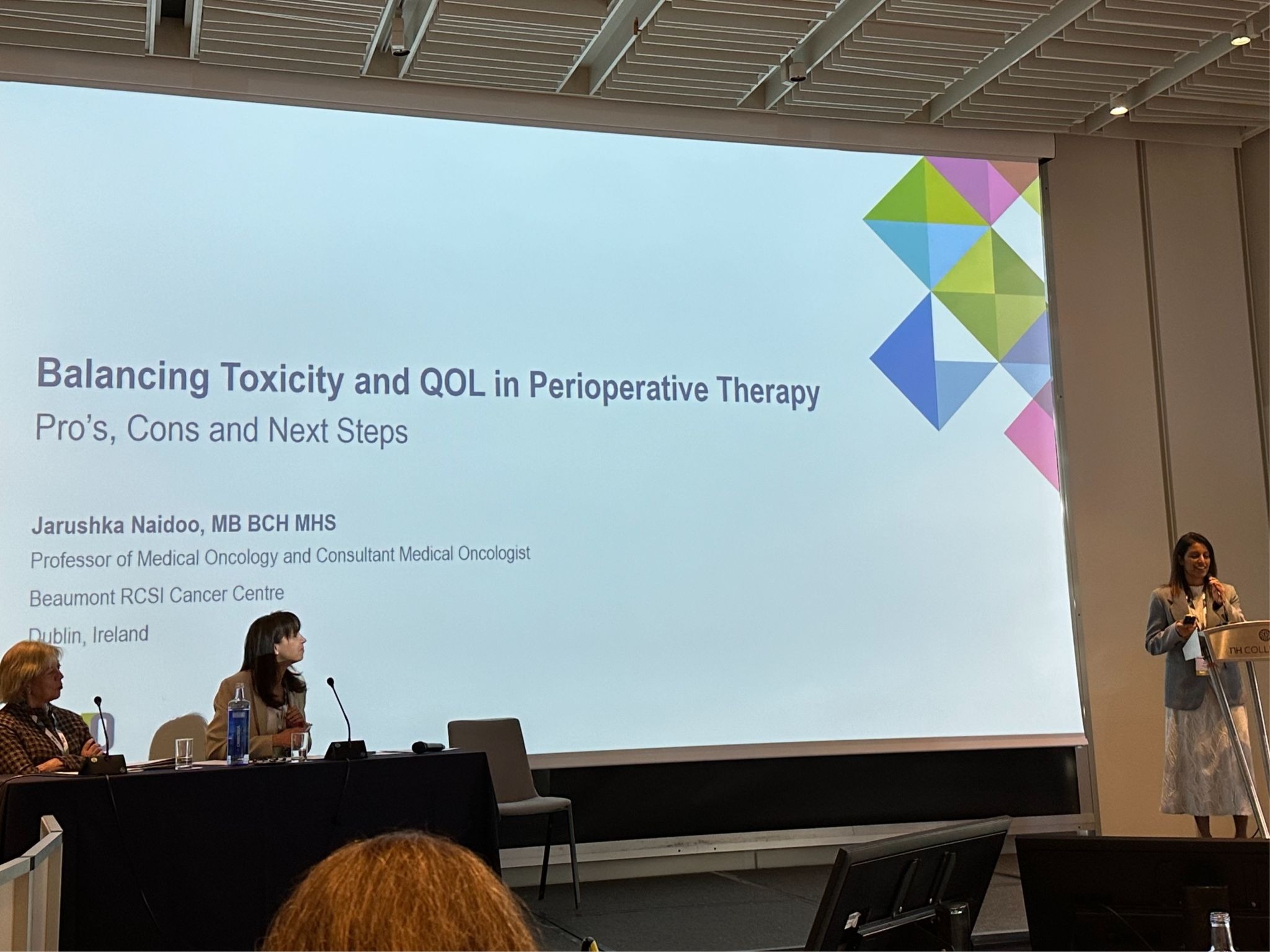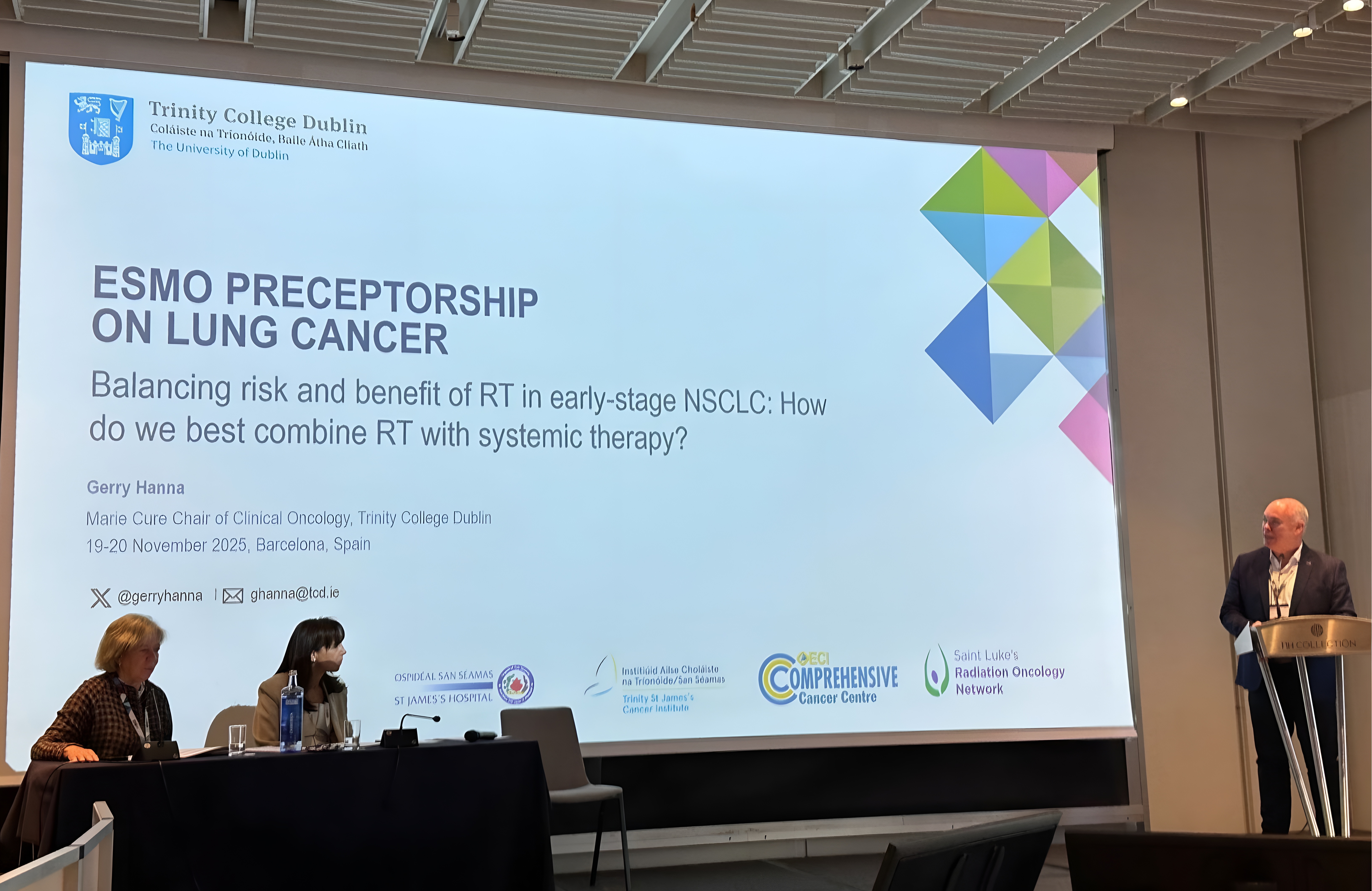Sergey Badalyan, Publishing Editor at OncoDaily and Medical Oncology Resident at Yeolyan Hematology and Oncology Center, shared a post on LinkedIn:
“The Lung Cancer Preceptorship is currently underway in Barcelona, starting with a highly insightful session by Umberto Malapelle on interpreting molecular testing reports in NSCLC, emphasizing the clinical impact beyond simply identifying mutations.
The session was a reminder that precision oncology is only as strong as the quality of our diagnostics. A few reflections that stood out for me:
- Tissue still matters, but quality matters more. Tumor cellularity, DNA/RNA quality, and representativeness guide the choice between tissue and liquid biopsy. Poor-quality samples can delay treatment.
- NGS saves time and resources. With numerous actionable alterations (EGFR, ALK/ROS1, MET, RET, NTRK, and more), multiplex NGS prevents missed mutations and speeds up therapy decisions.
- Interpretation is key. Molecular pathologists turn thousands of variants into clear, actionable guidance for the MDT.
- Liquid biopsy works when understood. Tumor fraction, allele frequency, and detection thresholds are critical. In some cases, it can reveal actionable fusions in days.
- Collaboration drives results. Oncologists, pathologists, and molecular teams must align testing strategies and discuss cases together to optimize care.”

He also shared another post:
“Two leading experts from Ireland shared their perspectives on early-stage NSCLC during the Lung Cancer Preceptorship, highlighting the latest strategies in combining radiation with systemic therapy and improving perioperative management, toxicity, and patient quality of life.
1. Radiotherapy risk-benefit balance by Gerry Hanna
Stereotactic RT improves local control and survival with lower toxicity versus conventional RT. Advances in imaging and targeting help, but tumor resistance and optimal combination with systemic therapies remain challenges. Early data suggest potential synergy with immunotherapy, though timing, dosing, and sequencing need more research.
2. Perioperative toxicity and quality of life by Jarushka Naidoo
Immunotherapy and targeted therapy enhance outcomes, but long-term toxicities are common. Many patients experience immune-related or other adverse events lasting over a year. Surgical toxicity, patient-reported outcomes, and quality-of-life measures must evolve to guide therapy and future trials.
What I realised from the lectures is that optimizing early-stage NSCLC requires not just better radiation or systemic therapy, but careful attention to sequencing, dosing, long-term toxicity, and patient-reported outcomes, so that each treatment decision is both effective and tolerable.”

More posts from Sergey Badalyan.
